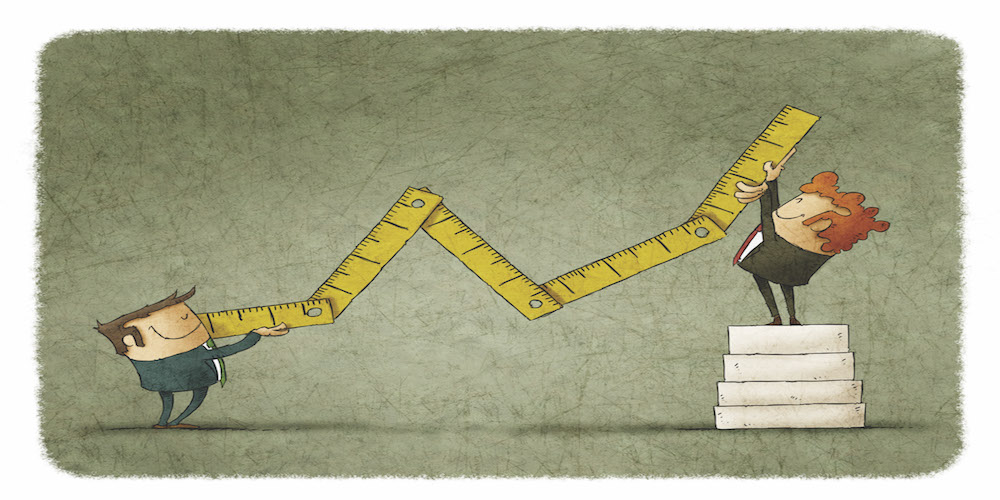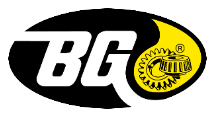 Earlier this year I ran across a book by Max Zanan called “Perfect Dealership.” It is a must-read for all of your dealership management and leadership team leaders. Seldom do I quote so extensively from another writer, but Zanan’s observations are so spot-on that I felt I had to let you hear directly from him.
Earlier this year I ran across a book by Max Zanan called “Perfect Dealership.” It is a must-read for all of your dealership management and leadership team leaders. Seldom do I quote so extensively from another writer, but Zanan’s observations are so spot-on that I felt I had to let you hear directly from him.
The book takes an in-depth look at all departments in the dealership, yet Zanan reminds us the wisdom of becoming masters of the basics. What follows are selected insights from the chapter on parts and service, used by permission:
Sales-to-Service Introduction
All departments in the dealership must work toward a common goal. A lot of times I see that there is a total disconnect between the service and sales departments. There should be regular meetings between the general sales manager and the service manager to coordinate the transition of customers from sales to service and back to sales. In other words, never let go of the customer. It is in everybody’s interest to ensure customer retention.
The sales department absolutely must introduce every customer to the service department — and I am not talking about a nominal 30-second walk-around. This must be an active introduction to make the customer feel comfortable and know where to go when the first oil change is due. It is a good idea to introduce service advisors and the service manager.
New-Car Clinics
Dealerships must schedule new-car clinics on a regular basis (monthly or quarterly). These new-car clinics need to be promoted in the showroom and on the dealer’s website. They should take place at night, so customers can visit after work. Snacks and soft drinks should be provided. Technicians should teach customers how to use basic controls and answer questions. Again, these clinics serve a dual purpose: helping customers learn how to use their new car and also gain familiarity and feel comfortable with the service department.
Brag on Techs and OEM Parts
It is a good idea to display your technicians’ certificates and relevant information in the customer waiting area, so customers know that factory-trained technicians using OEM parts are working on their cars. Factory training and OEM parts are the reasons to use the service department instead of an independent mechanic. Furthermore, OEM parts and OEM-trained mechanics are the only reason to charge higher prices compared to independents.
The Service Sales Department
Every time I visit a service department, I have a feeling that service advisors are the opposite of the salespeople. You cannot assume you will make a sale, but it seems to be the mindset with many service writers that cars inevitably break—so they have a passive strategy.
Another problem that contributes to the lack of sales in service departments is understaffing. I am a big believer that an effective service advisor needs to spend time with each customer in order to get to know him or her and the car so he or she can upsell the necessary work. In order to do that, the service advisor needs to see no more than 12 to 15 customers per day. If your service advisors are seeing more than 15 customers per day, what you have is order-takers. And order-takers do not make money!
Service managers must have regular sales meetings to outline their goals and methods for accomplishing them.
Service Advisor Walk-Around
It is critical to make a positive first impression and build a long-lasting relationship with every customer. One specific way to do so is to conduct a walk-around when the customer comes in for scheduled maintenance or repairs. During an active walk-around, a service writer inspects the car with the owner, which can dramatically increase the chances of up-selling additional maintenance or repair work. An active walk-around is essential when you consider that parts and service is an extremely profitable business for dealerships. The profit margin on labor is about 75%, and on parts it is between 40 and 50%. A Perfect Dealership trains its service advisors to perform an active walk-around at all times, so it becomes a natural part of their daily routine.
Multipoint Vehicle Inspection
Multipoint vehicle inspection (MVPI) must be utilized on every single car, and maintenance and repair recommendations must be made on this MPVI.
Menu selling should be utilized with every customer, similar to what we do in the F&I department. This approach ensures 100% presentation of proposed maintenance and repairs to 100% of customers, 100% of the time.
Wear a Uniform
The Perfect Dealership transmits professionalism at every level. We need to make sure that service advisors, porters, and even cashiers wear a uniform. First, a uniform identifies employees and showcases professionalism that many dealerships lack. It goes without saying that uniforms must be clean, and name tags should be worn by all employees.
Training
The Perfect Dealership trains its staff on a regular basis. Service technicians must be up-to-date with factory training. Service writers need sales training and phone-skills training. And every employee in the service department needs customer-service training.
Quick Lube Operations
Perfect Dealerships offer quick lube service without an appointment in order to compete with independents. Unfortunately, many dealers are not maximizing sales opportunities in their quick lube and express service operations. A lot of dealers are caught up with an idea that if they change the oil in 15 minutes or less, they are doing a great job. The point is not to rush through the process but to maximize the revenue by up-selling items such as air filters, wiper blades, light bulbs, belts, and cabin filters. To ensure maximum up-sell opportunity, an A-skilled tech should oversee the work of lube technicians.
Good stuff, isn’t it? I know what you’re thinking, “Hey, I already know all this stuff—I’ve heard it before!” Okay, you know it. The question is, are you doing it?
If you follow Zanan’s recommendations, not only will you have a perfect dealership, but a profitable one, too!
